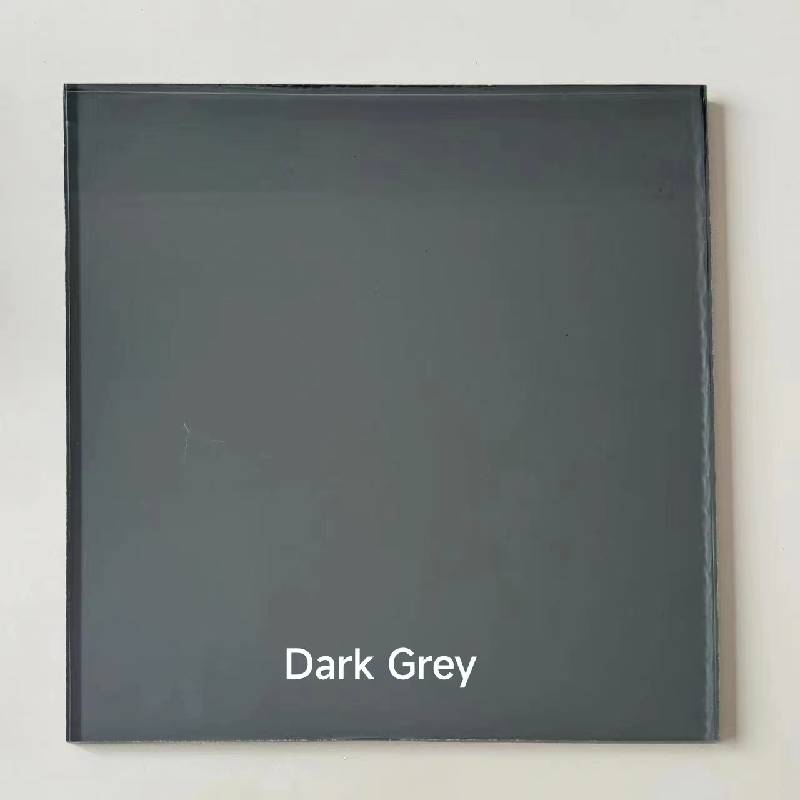

The Rise of Reflective Tempered Glass A Modern Solution for Architecture and Design
In recent years, the architecture and design industries have seen a significant shift towards incorporating innovative materials that not only enhance aesthetic appeal but also provide functional benefits. One such material that has gained remarkable popularity is reflective tempered glass. This versatile and modern material has transformed the way buildings and interiors are designed, offering solutions that cater to both beauty and practicality.
Understanding Reflective Tempered Glass
Reflective tempered glass is a type of safety glass that has undergone a specific heating and cooling process to increase its strength. This tempering process allows the glass to withstand greater stress and thermal fluctuations, making it an ideal choice for a variety of applications. The reflective quality comes from a coating that is applied to one side of the glass, which reflects light and reduces glare while maintaining a level of transparency. This not only enhances privacy but also minimizes heat gain from sunlight, contributing to energy efficiency.
Aesthetic Appeal and Versatility
One of the primary reasons architects and designers favor reflective tempered glass is its aesthetic appeal. The sleek, modern look of reflective glass lends itself well to contemporary architectural designs, providing a sophisticated façade that can elevate any building’s presence. Whether used in commercial skyscrapers, residential homes, or public spaces, the reflective surfaces create striking visual effects, particularly when illuminated by natural or artificial light. This material can seamlessly blend with various design styles, from minimalist to industrial, making it an exceptionally versatile choice.
Energy Efficiency and Environmental Benefits

In today's world, energy efficiency is increasingly crucial in building design. Reflective tempered glass plays a significant role in reducing energy consumption. By reflecting sunlight, it decreases the amount of heat entering a building, which reduces the reliance on air conditioning systems. This not only lowers energy bills for homeowners and businesses but also contributes to a decrease in carbon footprints. Furthermore, as governments and organizations place greater emphasis on sustainability, the use of energy-efficient materials like reflective tempered glass aligns perfectly with eco-friendly initiatives.
Safety and Durability
Safety is paramount in architectural design, and reflective tempered glass excels in this area. The tempering process not only increases its strength but also ensures that if the glass does break, it shatters into small, blunt pieces that are less likely to cause injury. This property is particularly important in high-rise buildings and public spaces, where safety standards are stringent. Additionally, the durability of tempered glass means it is less prone to wear and damage from environmental factors, ensuring longevity and reducing the need for frequent replacements.
Applications in Modern Architecture
Reflective tempered glass is widely used in various applications. In commercial buildings, it is commonly found in curtain walls, facades, and windows, creating a visually striking appearance while improving energy efficiency. Residential buildings benefit from its use in windows, sliding doors, and room dividers, allowing homeowners to enjoy natural light without sacrificing privacy. Moreover, interior designers utilize reflective tempered glass in furnishings and decorative elements, enhancing the spatial perception of rooms and contributing to a contemporary aesthetic.
Conclusion
Reflective tempered glass represents a harmonious blend of form and function. Its rise in popularity within the architecture and design industries is a testament to its numerous advantages, from striking aesthetics and energy efficiency to safety and durability. As architects and designers continue to seek innovative materials to meet the demands of modern living, reflective tempered glass stands out as a versatile solution that meets both practical and stylistic needs. As we move towards a more sustainable future, the adoption of such materials will likely continue to grow, shaping the landscapes of urban environments and revolutionizing the way we experience space.